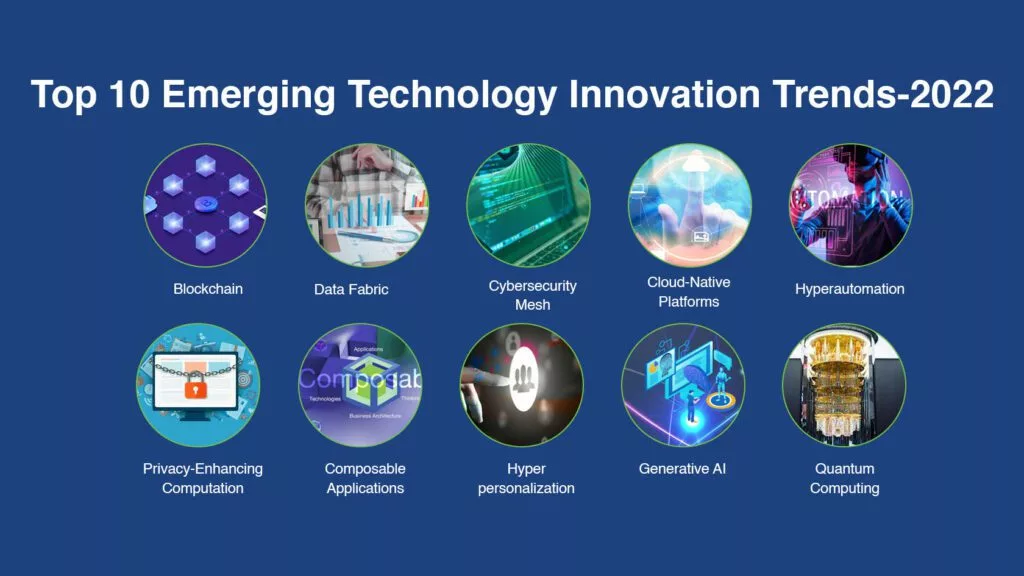Technology wants to be Emergent
A necessary precursor to market-wide emergent innovation is the development of "standards," such as the Web Standards, with the iterations, maintenance, and governance overseen by a Standards Organization.
Terrance Tao keeps a blog about his work, detailing both successes and where he is stuck. Paul Erdos put forth challenges during his lifetime, unsolved problems in mathematics. When posting about his struggles, a random commenter said that he was working on an algorithm to solve sudoku puzzles that may help. It turned out to be the breakthrough , as their collaboration helped solve the problems.
[9qu2bd]
(2025-09-23T23:09.772Z)
Perplexity Query
(2025-09-23T23:09
.772Z)
Question:
How is technology innovation "emergent" or follow emergent patterns, often favoring outsiders and startups?
Model: sonar-pro
Technology innovation is considered "emergent" because it arises from the unpredictable, bottom-up interactions of individuals, organizations, and ecosystems—often resulting in breakthroughs that established incumbents miss. This emergence favors outsiders and startups who can move faster, take greater risks, and experiment outside legacy constraints.
Key Ways Emergent Patterns Shape Technology Innovation
- Nonlinear and Unpredictable Growth: Many transformative technologies (e.g., generative AI, quantum computing, 3D printing [4kw1ep] [t156ce] ) begin with small groups or startups experimenting at the margins. These innovations often do not follow a predictable trajectory and instead gather momentum through feedback, adoption, and ecosystem effects. [sd35ig] [t156ce]
- Edge-of-Network Dynamics: Large incumbents are optimized for scale and stability, which can make them less responsive to new ideas that start at the periphery. Startups, on the other hand, thrive in these "edge" spaces where emergent opportunities arise—such as new business models or product concepts—before these are recognized as valuable by larger players. [sd35ig] [t156ce]
- Lower Barriers and Looser Structures: Startups and technology outsiders can rapidly iterate and pivot since they face fewer organizational and legacy constraints. They benefit from emergent, open-source ecosystems and crowd-sourced knowledge, which accelerates innovation outside formal R&D labs. [t156ce]
Why Startups and Outsiders Often Win
| Factor | Startups/Outsiders | Incumbents/Established Firms |
| Speed of Experimentation | High—can try and discard ideas quickly | Low—processes tend to be slower |
| Risk Appetite | High—bet company on new tech | Low—protect existing revenue streams |
| Bureaucracy/Legacy | Minimal/none | Heavy—layers and committees |
| Ecosystem Engagement | Networked—collaborate with other disruptors | Focus on own internal R&D |
| Path Dependency | Unencumbered by past investments | Bound by historical choices |

A diagram could illustrate how small nodes (startups and outsiders) within a technology ecosystem interact dynamically and accelerate growth at the network’s edges, whereas incumbents cluster at the center, slower to adapt.
Practical Example — Generative AI & Agentic AI
- The surge in application-specific semiconductors arose in response to startups' demand for AI hardware, spawning new entrants and ecosystems—before incumbents fully recognized the opportunity. [sd35ig]

An example visualization could show how a startup leverages open-source AI tools to rapidly build a new product, gathering a user base and ecosystem before larger companies react.
Supporting Observations
- Venture capital and government funding frequently support these emergent paths, as they look for asymmetric returns not found in established players. [t156ce]
- National and regional competition can accelerate this pattern, as countries invest in emerging sectors to spur local startup ecosystems, further bypassing slow-moving incumbents. [sd35ig]

Supporting visuals may include timelines of how technology like 3D printing or AI saw early growth among startups and small teams before moving to large-scale adoption in heavy and process industries.
[t156ce]
Summary Insight
Technology innovation is "emergent" because it is shaped by decentralized, adaptive processes—often catalyzed by outsiders and startups best positioned to exploit new tools, business models, and changing networks before large organizations can respond.
[sd35ig]
[4kw1ep]
[t156ce]
[9qu2bd] Lex Clips:
Citations
[sd35ig] 2025, Sep 23. McKinsey technology trends outlook 2025. Published: 2025-07-22 | Updated: 2025-09-23
[4kw1ep] 2025, Aug 29. 25 New Technology Trends for 2025 - Simplilearn.com. Published: 2025-09-17 | Updated: 2025-08-29
[t156ce] 2025, Sep 23. 10 Emerging Technologies: How Tech Trends Shape 40+ Industries. Published: 2025-08-20 | Updated: 2025-09-23
[4]: 2025, Jun 25. [PDF] Top 10 Emerging Technologies of 2025 | World Economic Forum. Published: 2025-06-25
[5]: 2025, Sep 23. The new Essential Eight technology trends: PwC. Published: 2023-11-15 | Updated: 2025-09-23
[6]: 2024, Sep 25. [PDF] Global Trends in Innovation Patterns: A Complexity Approach. Published: 2024-09-01 | Updated: 2024-09-25
